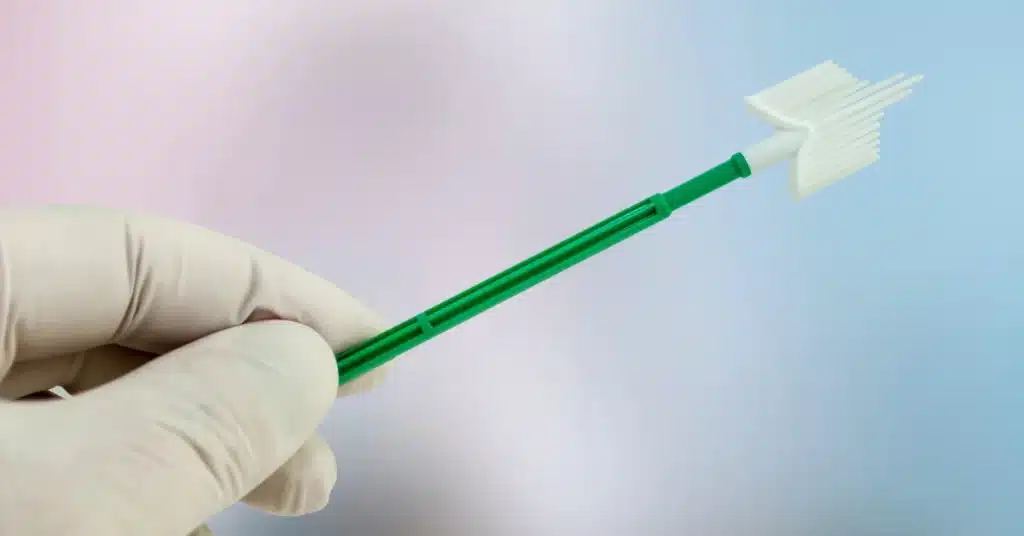How to Remove an IUD if Strings are Missing: Step-by-Step Guide for Safe Removal
Intrauterine Devices (IUDs) are a popular choice for contraception, with over 100 million women worldwide relying on them.
While removing IUDs is typically a straightforward procedure involving gently pulling the visible strings, complications such as missing strings can arise.
According to NCBI, around 18.1% have missing strings when women try to feel the strings or at the time of the removal.
This article aims to tell how to remove an IUD if strings are missing, covering the process of locating the device and various procedures and tools for successful removal.
Causes of missing IUD strings
The first step in managing missing IUD strings is considering the possible causes.
The differential diagnosis includes:
- Unnoticed expulsion: Sometimes, the IUD might be expelled without the person noticing. This can happen in around 5–14% of cases with missing strings
- Misplacement: The misplacement of the IUD outside the uterine cavity is a rare but serious issue. The IUD might end up in the abdominal or pelvic cavity, broad ligament, uterine tube, or uterine wall
- String retraction: The most common reason for missing IUD strings is retraction. This could be due to short, broken, or severed strings, uterine enlargement, or rotation of the device
These issues may occur with or without pregnancy, and it’s crucial to differentiate between them for appropriate management.
Locating the Intrauterine Device (IUD)
Locating missing Intrauterine Device (IUD) strings involves a systematic approach, and the following steps are taken:
- A colposcope is used to enhance the visualization of intracervical IUD strings. This provides a closer and more detailed examination of the cervix
- If the strings cannot be easily located, an ultrasound examination is performed
- In nonpregnant patients who wish to have the IUD removed, further exploration of the endocervix can be performed using instruments like Kelly, Patterson alligator, or Spencer Wells forceps
- If the Intrauterine position of the IUD is not established through ultrasound, further imaging via radiography should be considered
Pain control
Taking out an IUD can be painful when the doctor checks inside the uterus.
The pain control options include numbing the area around the cervix or using a combination of numbing and mild sedation.
To make it less painful, the doctor can use methods to control pain, like giving Lidocaine for pain.
Making sure the person is not feeling much pain is important for a successful and more comfortable removal procedure.
To know how an IUD is typically removed, read IUD Removal: Exploring the Procedure and Reasons Behind it.
Procedures and tools for removal
Various procedures and tools are available for removing IUDs with missing strings.
The choice of tool depends on the type of IUD and the medical professional’s experience:
Cervical cytology brush

The brush is used to locate and retrieve the IUD by inserting it into the vagina and carefully guided through the cervix.
Once inside, the healthcare provider uses a sweeping motion with the brush to explore the endocervix.
This action helps dislodge and bring forward the IUD strings, making them visible.
Using a cervical cytology brush is a relatively simple and non-invasive method. It avoids more complex procedures and can be performed as a standalone intervention.
Thread retrievers
Thread retrievers are important in cases where the IUD strings are retracted into the cervical canal or endometrial cavity.
Three notable types include the Mi-Mark helix, Emmett IUC retrieval, and Retrievette IUCD retrieval.
The Mi-Mark helix, Emmett, and Retrievette devices are inserted into the cervix with a clockwise twisting motion.
Grasping forceps
Grasping forceps are used for IUDs with T-shaped configurations.
Patterson alligator forceps can be opened completely within the uterine cavity, eliminating the need for cervical dilation before placement.
Stone or polyp forceps can also be used. However, their limited opening angle may restrict their ability to grasp the IUD effectively.
Conclusion
Removing an IUD with missing strings requires a careful approach to ensure a successful and safe procedure.
Identifying the causes of missing strings is crucial, ranging from unnoticed expulsion to more
complex issues like misplacement or string retraction.
The process of locating the IUD involves using tools such as a colposcope, ultrasound examination, and, in some cases, exploratory instruments.
Several procedures and tools remove IUDs, such as cervical cytology brushes, thread retrievers, and grasping forceps.
It is important to immediately contact your medical professional if you feel the string of the IUD is missing, as it can lead to many serious complications.
Frequently Asked Questions
How do they remove a stuck IUD?
If an IUD is stuck due to missing strings or other complications, healthcare professionals have various removal methods. These may include using ultrasound guidance and instruments such as cervical cytology brushes or thread retrievers. In some cases, the cervix is numbed to make the removal process more comfortable.
Do you need anesthesia to remove an IUD?
No, anesthesia is not always necessary to remove an IUD. But in rare cases where IUD threads are not visible, local anesthesia is a common option to numb the area around the cervix. In some cases, mild sedation may also help the person relax during the procedure.
How do I know if my IUD string fell out?
Regularly checking for the presence of IUD strings is crucial. If you cannot feel the strings or suspect they have fallen out, do not attempt to remove the IUD yourself. Contact your doctor immediately, as they will examine you to confirm the status of the IUD.
Can an IUD get lost in the uterus?
Yes, an IUD can sometimes move from its usual place in the uterus and cause complications. It might go through the uterine wall and end up in nearby organs like the gynecologic, urinary, or gastrointestinal systems. This can lead to problems in the pelvic and abdominal areas.
WowRx uses only high-quality sources while writing our articles. Please read our content information policy to know more about how we keep our content reliable and trustworthy.






